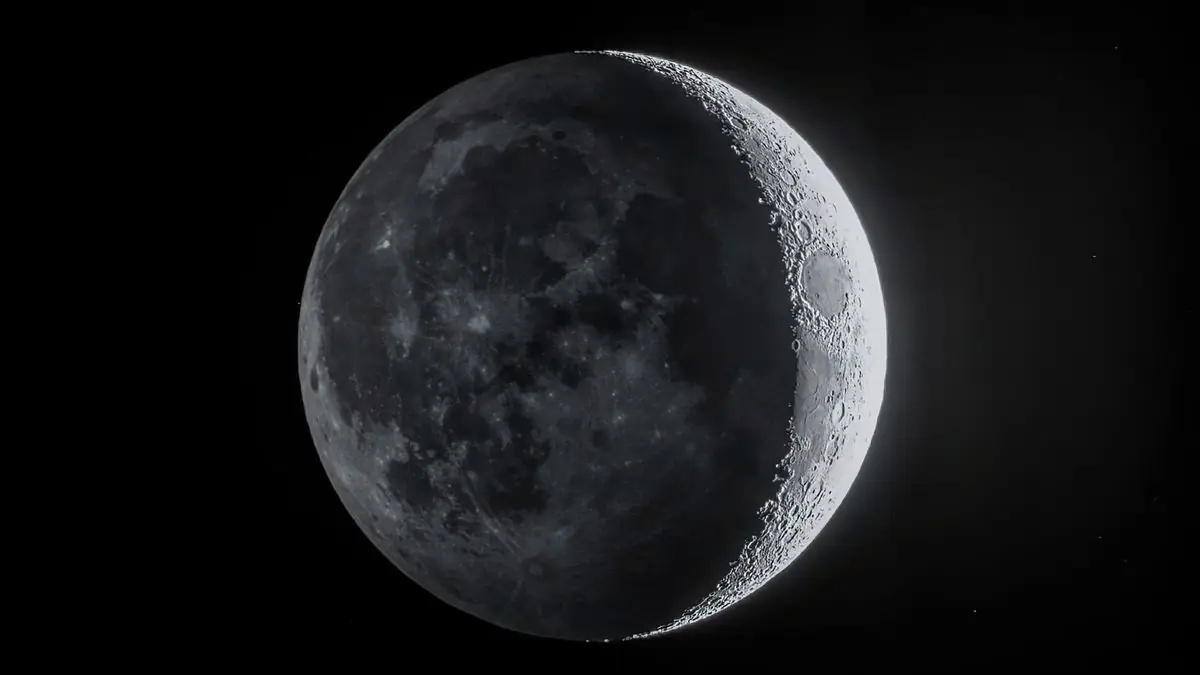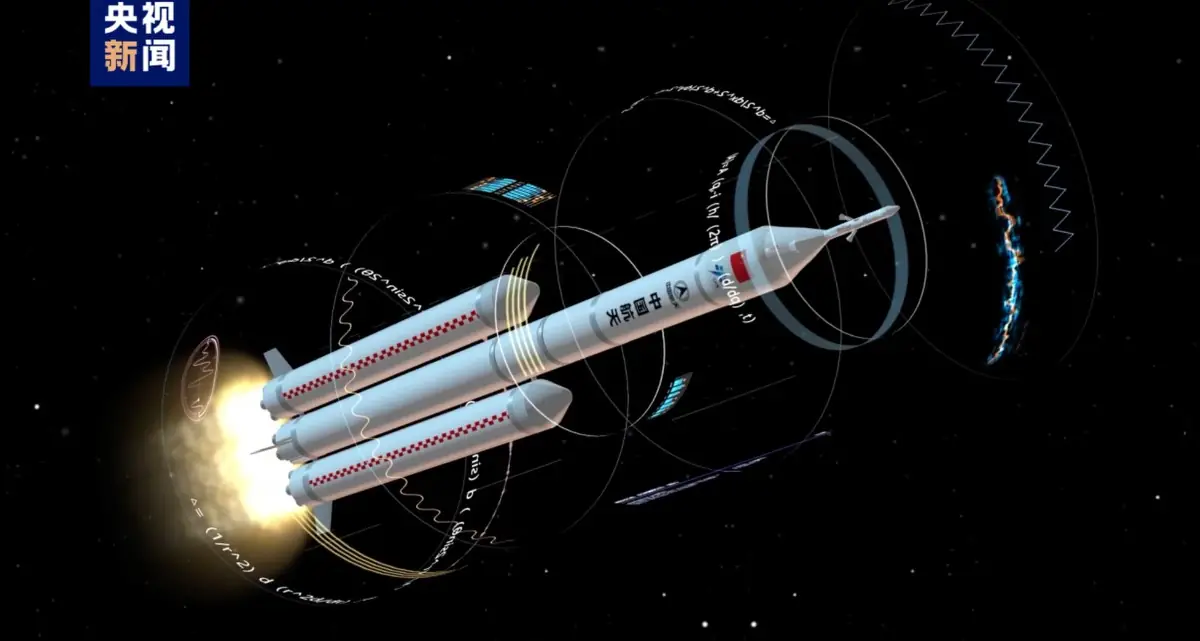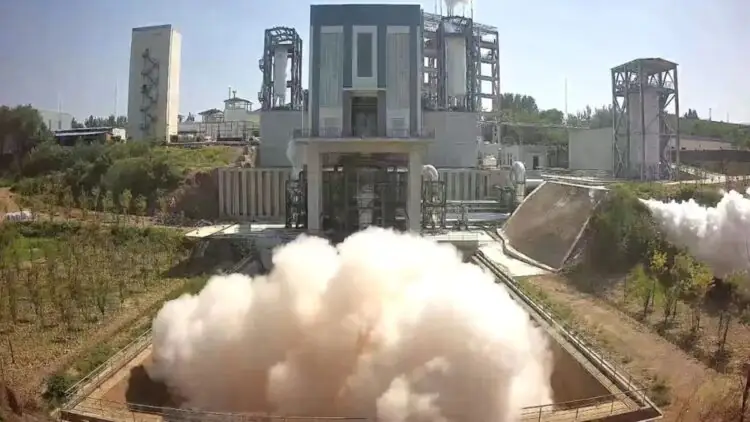China has taken another significant step towards developing a new generation rocket that will send a manned mission to the Moon. Scientists have successfully tested the third-stage engine, which uses liquid hydrogen and liquid oxygen, for the Long March 10 carrier rocket.
The test confirmed the engine’s ability to operate for extended periods in space, bringing Chinese astronauts closer to landing on the Moon’s surface. According to the ambitious plan of the local space agency, this is expected to happen by 2030.

The test was conducted on a newly built vertical high-altitude simulation stand, the first of its kind in China. The completion of this large-scale test indicates that the carrier rocket’s engine has reached an important milestone, and Chinese scientists have made significant advancements in liquid rocket engine testing technology.
According to local media reports, this test demonstrates the progress of China’s manned lunar exploration program. The China Aerospace Science and Technology Corporation (CASC), the main contractor for China’s space program, announced that the next-generation manned carrier rocket will be capable of delivering a payload of 70 tons to low Earth orbit.

According to CASC, the new powerful rocket is expected to be ready for its first launch by 2027.
“Now China can test liquid hydrogen-liquid oxygen engines for thousands of seconds, which will be a powerful support for the implementation of the national manned lunar exploration program,” stated CASC.
The Long March 10 carrier rocket consists of three stages designed to transport Chinese spacecraft to the Moon, launch manned missions, and deploy next-generation manned spacecraft and lunar landing modules. It is about 93 meters long and weighs approximately 2200 tons. Without the booster, the rocket is about 67 meters long. The Long March 10 will run on a combination of liquid hydrogen and oxygen, providing a thrust of around 130 tons, which is slightly better than the existing Long March 5 rocket, which has a thrust of 120 tons.

In June, China conducted official tests of the Long March 10’s first stage, marking the largest propulsion system test to date in the development of Chinese carrier rockets. Three YF-100K engines ignited simultaneously, producing a ground thrust of 382 tons.
Source: interestingengineering









